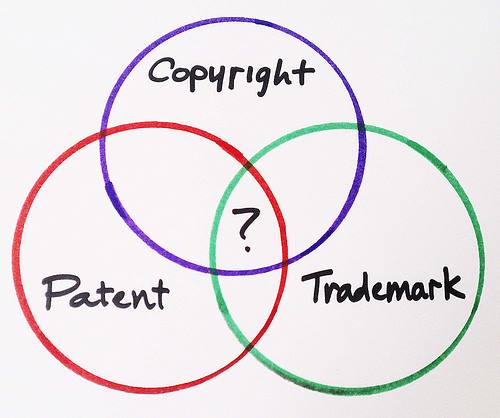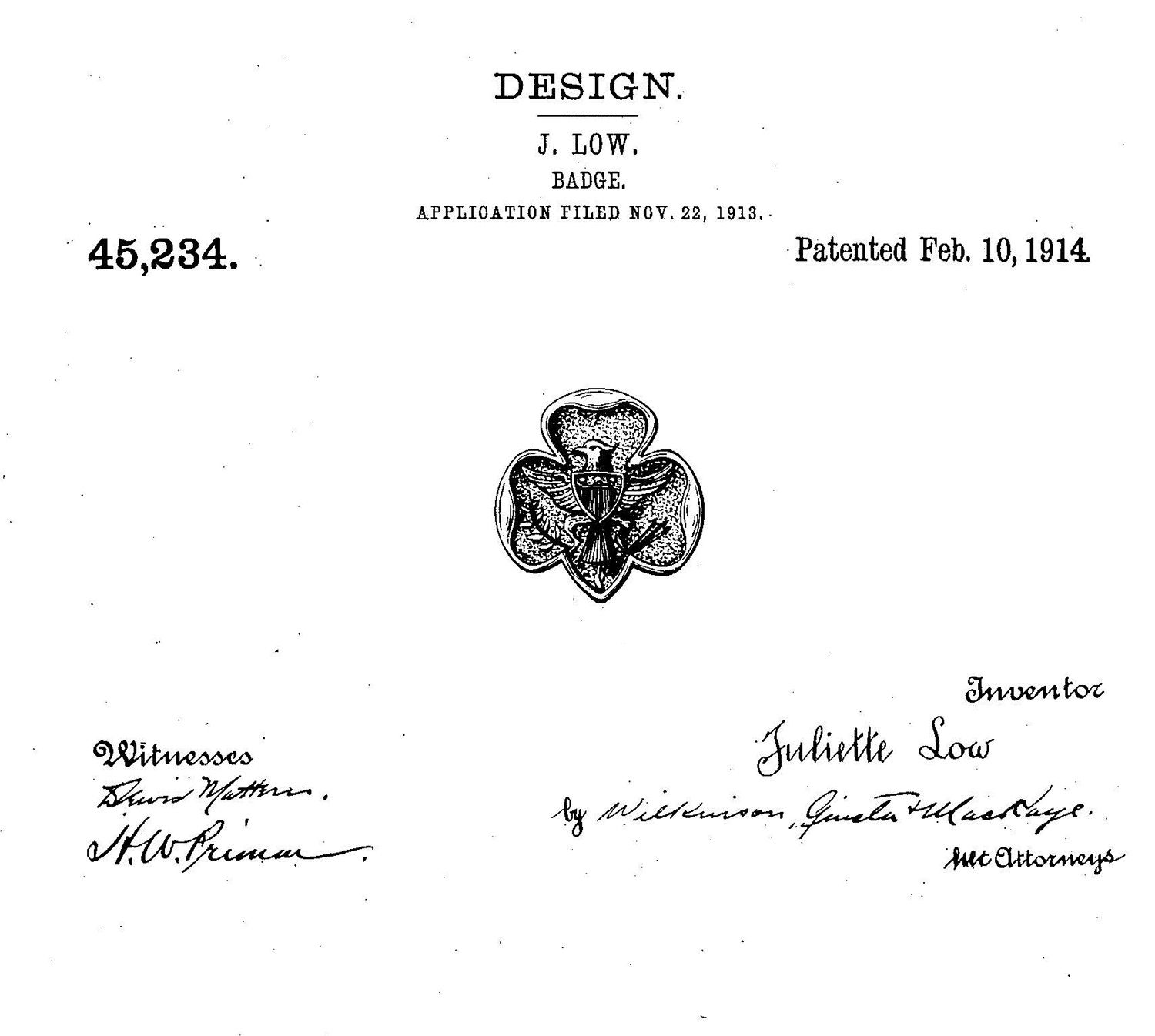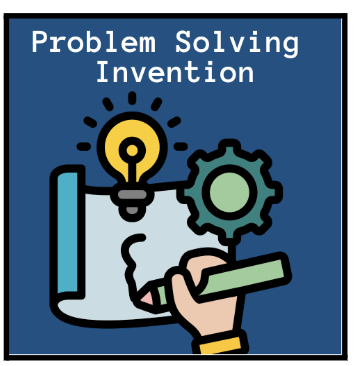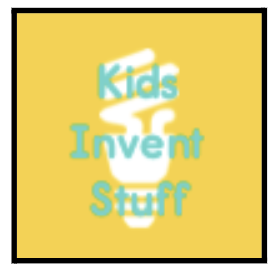 By using the roll-a-challenge dice from Destination Imagination, you will be able to create more than 200 different Instant Challenge combinations. Just round up the supplies listed on the “Use” die, cut and glue or tape all three dice and you’re ready to get started!
By using the roll-a-challenge dice from Destination Imagination, you will be able to create more than 200 different Instant Challenge combinations. Just round up the supplies listed on the “Use” die, cut and glue or tape all three dice and you’re ready to get started!
Spark your thinking!
1. Set up your STEAM mini spark recording page: #23: STEAM CHALLENGE: Roll-a-Challenge
2. For this mini spark you will print and cut out 3 cubes that you will use to find your STEAM challenges. Record this information on your recording page.
- The first cube you roll will be what you USE. You can use other items also, but you must use the item on the cube in your build.
- the second cube you roll will be what you MAKE
- the third cube you roll is THAT WILL-The object must serve this purpose.
3. Print your roll-a-challenge page on cardstock. Ask your teacher to help you with this step.
4. Cut out and create your cube. Press each of the creases really well so that your cube folds easily. Tape or glue your cubes.
5. Decide which of the main materials you have. If you need to replace an item with something else, you can mark that on your cube.
Materials: Plastic cups, plastic bags, paper plates, popsicle sticks, rubber bands, cardboard
6. Gather other recycled building materials.
Tape, glue, note cards, string, construction paper…and so on.
7. Roll your 1 cube, 2nd cube and 3rd cube. Record your challenge on your recording page or take a picture of the cubes and add the picture to your recording page.
8. On your recording page, sketch an idea of what you will make.
9. Take a picture of the items you will use and add it to your recording page.
10. Decide if you want to set a timer for 10 minutes (optional). Start your build. Take a few pictures of your progress.
11. Take a picture of you final project at add it to your recording sheet. Write about what you did well on this challenge and where you can improve.
12. Share your STEAM mini spark recording page with your teacher/EY coordinator.










 A flip book is a small booklet containing a sequence of images that gradually change from one page to the next. When the pages are turned quickly, they create the illusion of motion.
A flip book is a small booklet containing a sequence of images that gradually change from one page to the next. When the pages are turned quickly, they create the illusion of motion.
 For this Mini Spark we are going back to the beginning…of STEAM that is. So in honor of the “S,” try this egg science experiment. It take 7 days to do, so it might be one you try at home. You can also talk to your teacher about setting it up at school.
For this Mini Spark we are going back to the beginning…of STEAM that is. So in honor of the “S,” try this egg science experiment. It take 7 days to do, so it might be one you try at home. You can also talk to your teacher about setting it up at school.












 Inventor, Juliette Gordon Low, or as her friends called her, “Daisy,” was like the superhero of Girl Scouts, zooming around with courage, confidence, and character! In 1912, she waved her magic wand and created Girl Scouts of the USA, where girls could gather to unleash their amazing powers in STEAM—science, technology, engineering, arts, and math! Just like a science experiment gone right, she turned her dream of girls teaming up to celebrate their strengths into a fantastic reality!
Inventor, Juliette Gordon Low, or as her friends called her, “Daisy,” was like the superhero of Girl Scouts, zooming around with courage, confidence, and character! In 1912, she waved her magic wand and created Girl Scouts of the USA, where girls could gather to unleash their amazing powers in STEAM—science, technology, engineering, arts, and math! Just like a science experiment gone right, she turned her dream of girls teaming up to celebrate their strengths into a fantastic reality!


 Rising to a height of 85 meters in the Norwegian landscape, Mjøstårnet holds the title of the tallest wooden building in the world, constructed primarily from timber sourced from nearby forests. However, not long ago, towards the close of the 20th century, engineers believed that erecting a wooden structure taller than six stories was unfeasible. What, then, are the differences between wooden constructions like this and skyscrapers made of steel and concrete? Stefan Al explores this question.
Rising to a height of 85 meters in the Norwegian landscape, Mjøstårnet holds the title of the tallest wooden building in the world, constructed primarily from timber sourced from nearby forests. However, not long ago, towards the close of the 20th century, engineers believed that erecting a wooden structure taller than six stories was unfeasible. What, then, are the differences between wooden constructions like this and skyscrapers made of steel and concrete? Stefan Al explores this question.